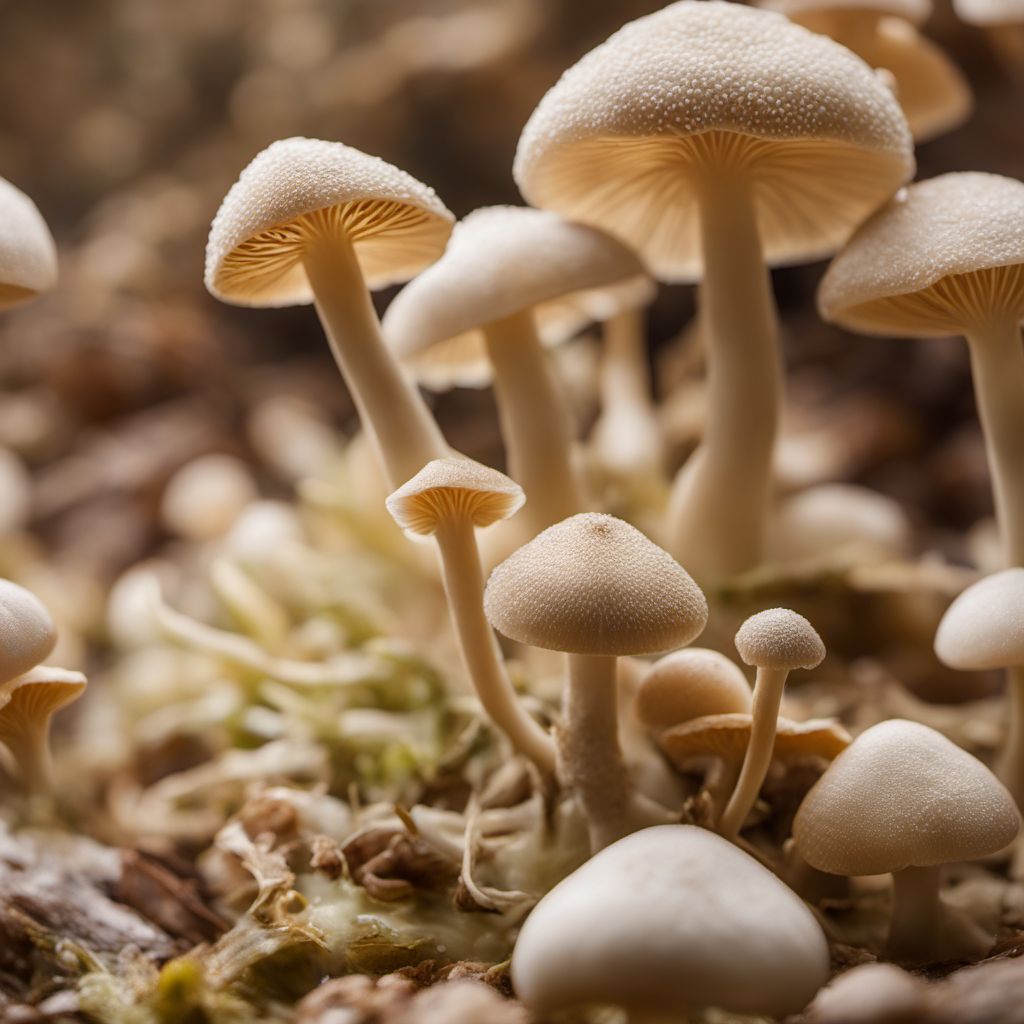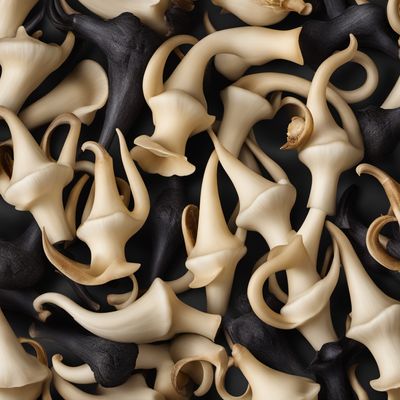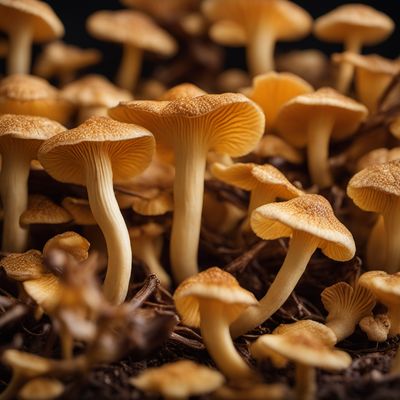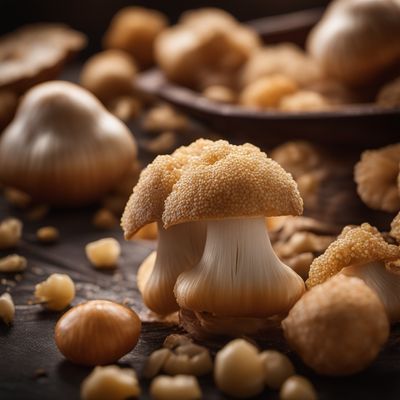
Ingredient
Wild fungi and similar-
Nature's Hidden Gems
Wild fungi and similar ingredients are nature's hidden gems, offering a unique and earthy flavor to dishes. These ingredients are foraged from the wild and add a touch of wildness to culinary creations.
Origins and history
The use of wild fungi and similar ingredients dates back centuries, with foraging being an essential part of many cultures. These ingredients are often found in forests and woodlands, and their availability depends on the season and geographical location.
Nutritional information
Wild fungi and similar ingredients are low in calories and fat, making them a healthy addition to meals. They are also a good source of vitamins, minerals, and antioxidants.
Allergens
Some individuals may be allergic to certain types of wild fungi, so it is important to exercise caution and consult with a knowledgeable forager or expert before consuming them.
How to select
When selecting wild fungi and similar ingredients, it is crucial to have proper knowledge or seek guidance from an experienced forager. It is recommended to only forage for these ingredients if you are confident in your identification skills and are familiar with the specific types of fungi or plants you are looking for.
Storage recommendations
To maintain the freshness and quality of wild fungi and similar ingredients, store them in a paper bag or a breathable container in the refrigerator. Avoid washing them until ready to use, as excess moisture can cause them to spoil quickly.
How to produce
Wild fungi and similar ingredients cannot be produced commercially, as they are foraged from the wild. However, individuals with proper knowledge and skills can learn to forage for these ingredients in their natural habitats.
Preparation tips
Wild fungi and similar ingredients can be prepared in various ways, including sautéing, roasting, or adding them to soups and stews. It is important to cook them thoroughly to ensure they are safe to consume.
Culinary uses
Wild fungi and similar ingredients are commonly used in gourmet cuisine and are prized for their unique flavors. They can be incorporated into dishes such as risottos, pasta sauces, or served as a side dish.
Availability
Wild fungi and similar ingredients are commonly found in forests and woodlands around the world. They are often associated with specific regions or countries known for their biodiversity and natural habitats.
More ingredients from this category » Browse all

Horns of plenty
Exploring the Delights of Horns of Plenty

Chanterelles
Golden Delicacy

Saint George's mushrooms
The Forest Delicacy

Other wild fungi
Exploring the Hidden World of Wild Mushrooms

Ceps
The King of Mushrooms

Morels
The Earthy Delicacy

Scotch bonnet mushrooms
Fiery Delights: Unleashing the Flavors of Scotch Bonnet Mushrooms

Hedgehog mushrooms
Exquisite Earthiness: Hedgehog Mushrooms

Gypsy mushroom
The Enigmatic Delicacy: Gypsy Mushroom

Truffles
The Earth's Edible Gems

Honey mushroom
The Golden Fungus

Saffron milk cap
The Golden Delicacy: Unveiling the Secrets of Saffron Milk Cap